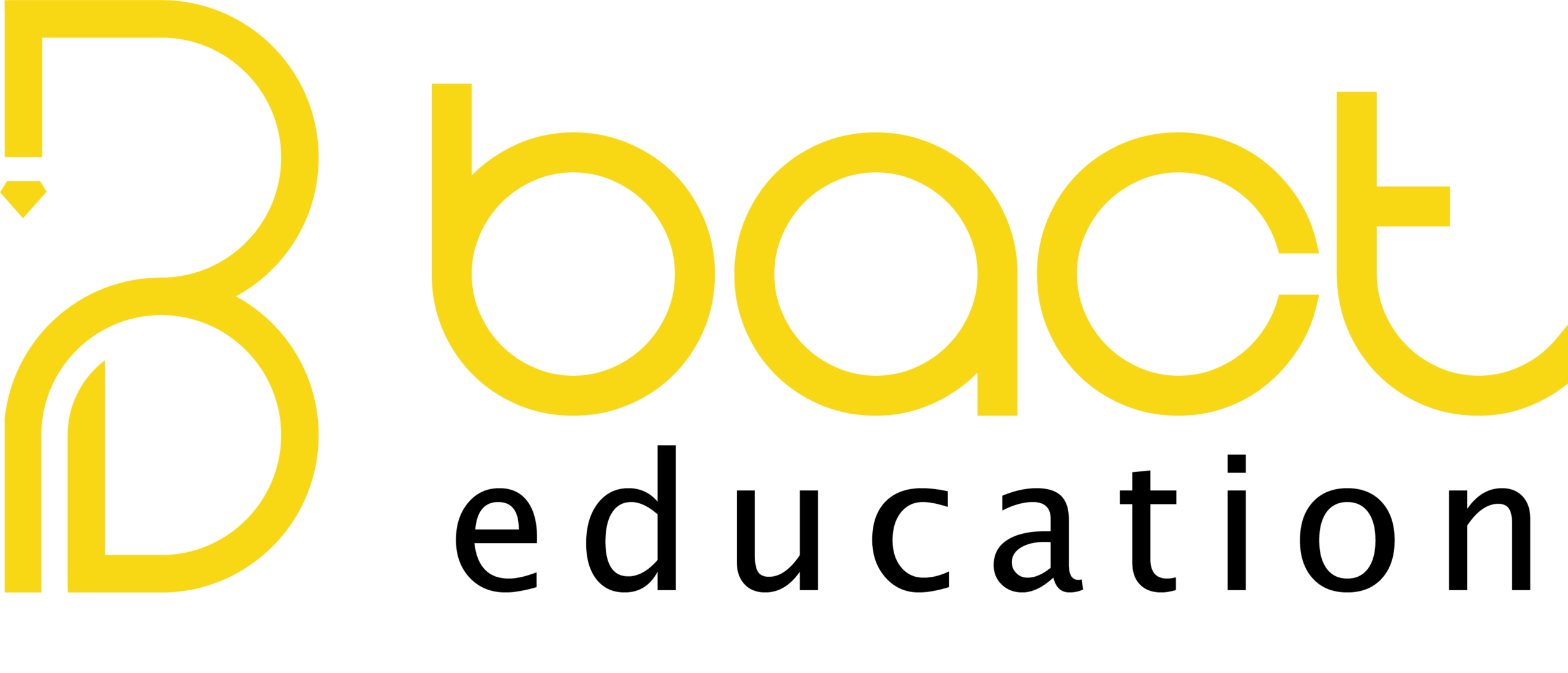The Difference Between “Approach” and “Method”
in Language Teaching
The approach refers to the general theoretical framework, while the method translates this framework into practical applications within the classroom.
First: Definition of Approach
An approach is a philosophical and theoretical perspective on language learning and teaching. It defines the nature of language, how it is learned, and the core principles that any teaching method should be based on. It is not a specific strategy or execution plan but rather a general framework that guides various teaching methods. The approach consists of the following elements:
-
Linguistic Theory:
It determines the nature and structure of the language. For example, functional theory views language as a tool for communication, whereas structural theory emphasizes it as a system of forms and rules.
-
Learning Theory:
It explains how learners acquire language. According to behaviorist theory, learning happens through repetition and reinforcement, while cognitive theory focuses on comprehension and mental processing as essential learning mechanisms.
-
General Teaching Principles:
These define the roles of teachers and learners, how content is presented, and whether the focus is on individual language skills or overall communicative competence.
-
Learning Objectives:
They specify the purpose of language teaching — whether it is for achieving fluency in communication, understanding academic texts, or mastering grammar rules.
-
Stability and Flexibility:
The approach is characterized by stability and consistency compared to the method, as its theoretical framework can be applied through various techniques, though it remains open to development based on new educational insights.
-
A Comprehensive Framework:
An approach does not involve specific teaching procedures but serves as a reference from which various methods are derived — for example, the Communicative Approach, which serves as a broad framework encompassing many different teaching methods.
Example of an Approach:
The Communicative Approach assumes that language learning is most effective when it takes place in authentic communicative contexts, focusing on meaning and interaction rather than isolated grammar and vocabulary.
Second: Definition of Method
A method is an organized plan that includes a set of principles, strategies, and procedures applied in teaching to achieve specific learning objectives. The method is more concrete and detailed than the approach, as it translates the theoretical framework into actionable classroom steps. It consists of the following elements:
-
Teaching Techniques:
These include activities and exercises like dialogues, repetition, role-playing, group work, and other interactive tasks.
-
Classroom Procedures:
These outline how a lesson is delivered step-by-step — from warm-up, presentation, practice, to assessment.
-
Roles of Teacher and Learner:
These vary depending on the method; in some methods, the teacher is the main source of knowledge (as in the Direct Method), while In others, the learner is an active participant and central to the learning process (as in the Communicative Method).
-
Assessment Methods:
These define how to measure students’ progress, whether through written tests, oral assessments, or communicative performance in real-life scenarios.
-
Content Organization:
This clarifies how lessons are arranged, whether the focus is on grammar, language functions, or real-life situations.
-
Adaptation and Development:
Unlike the more stable approach, methods are often revised and refined according to educational research and classroom practices.
-
Overlap with Strategies and Techniques:
There are intermediary concepts between approach and method, such as strategies, which refer to general plans a teacher adopts to achieve specific goals, and techniques, which refer to the actual activities and tasks used during the lesson.
-
Design:

